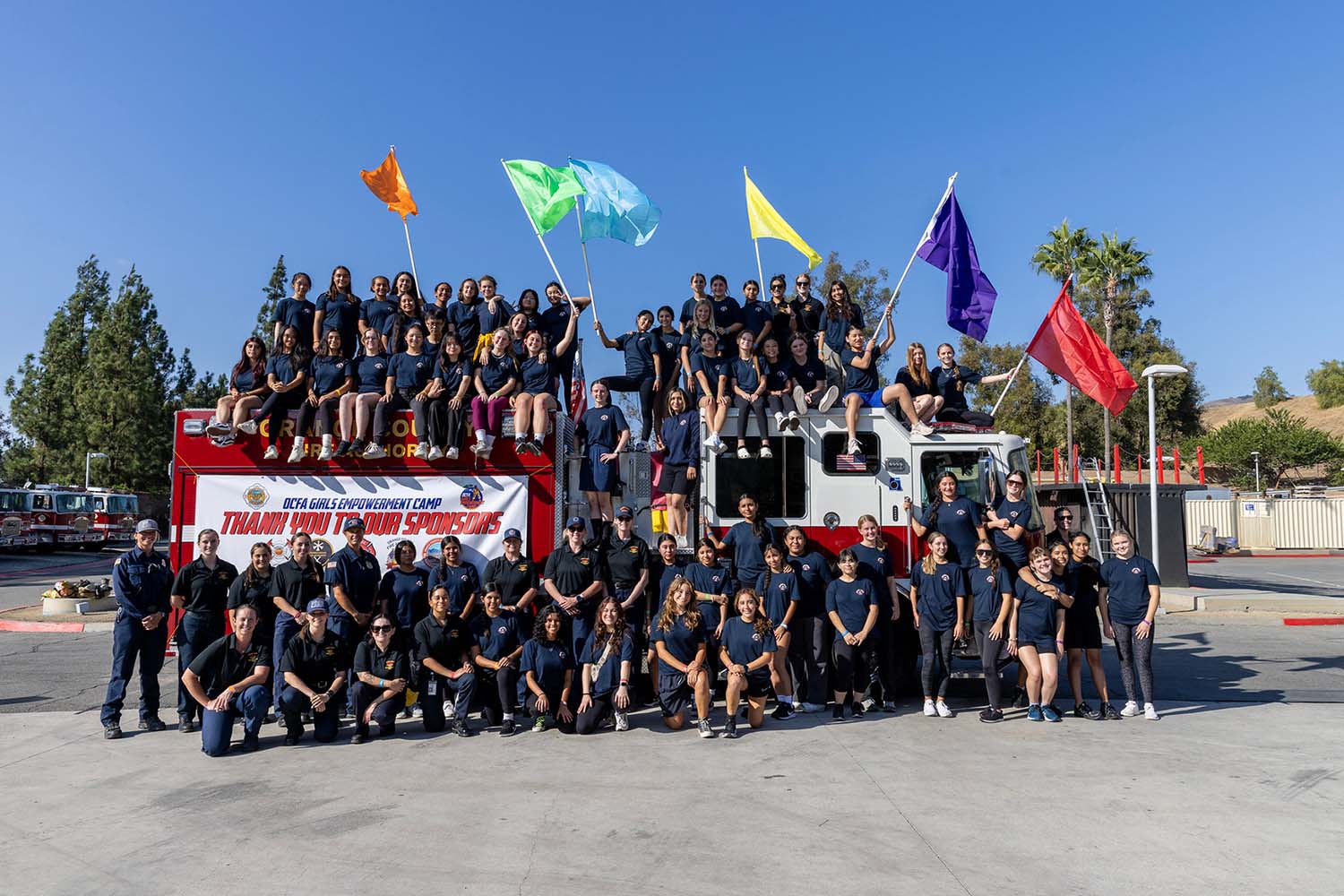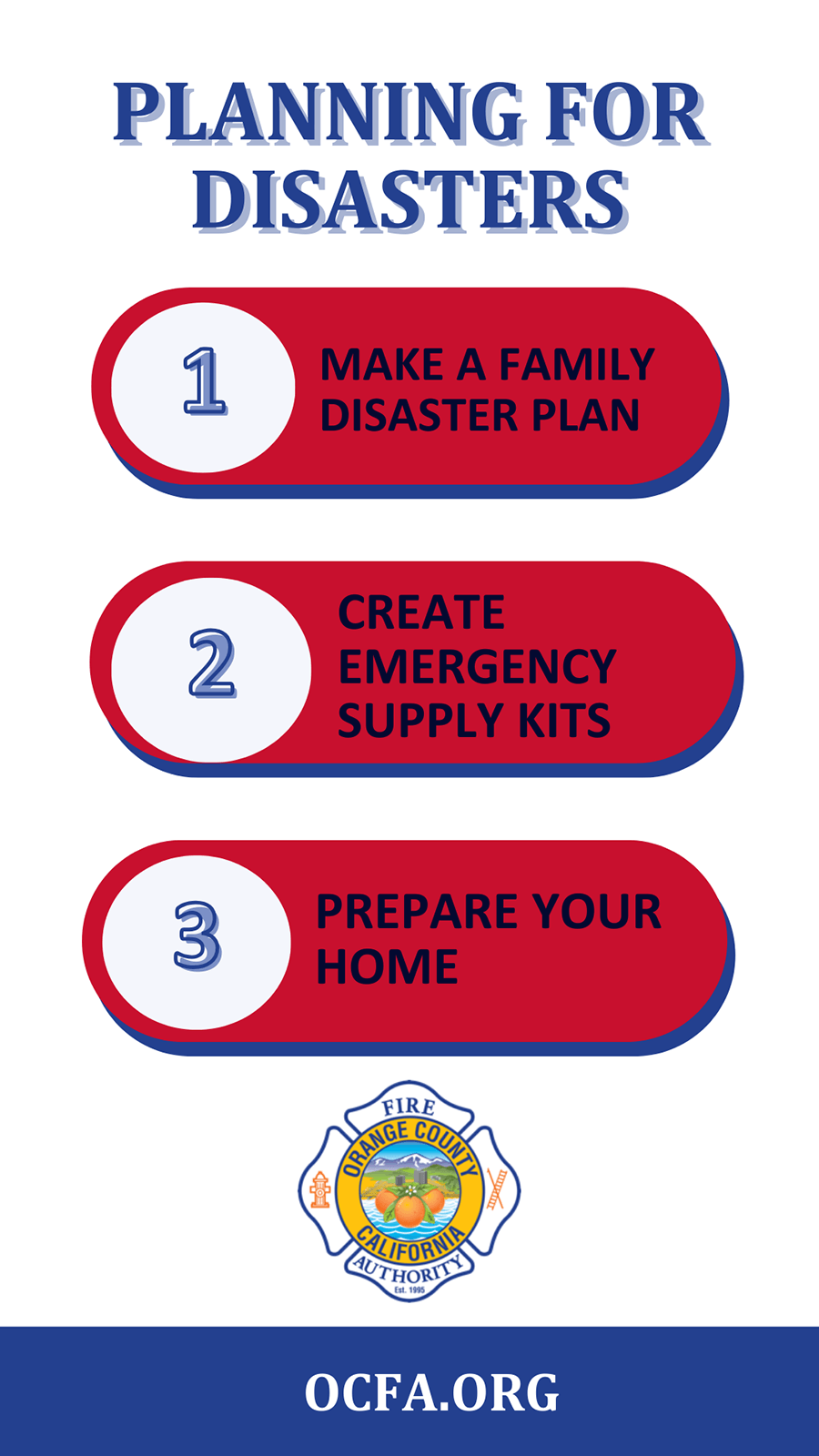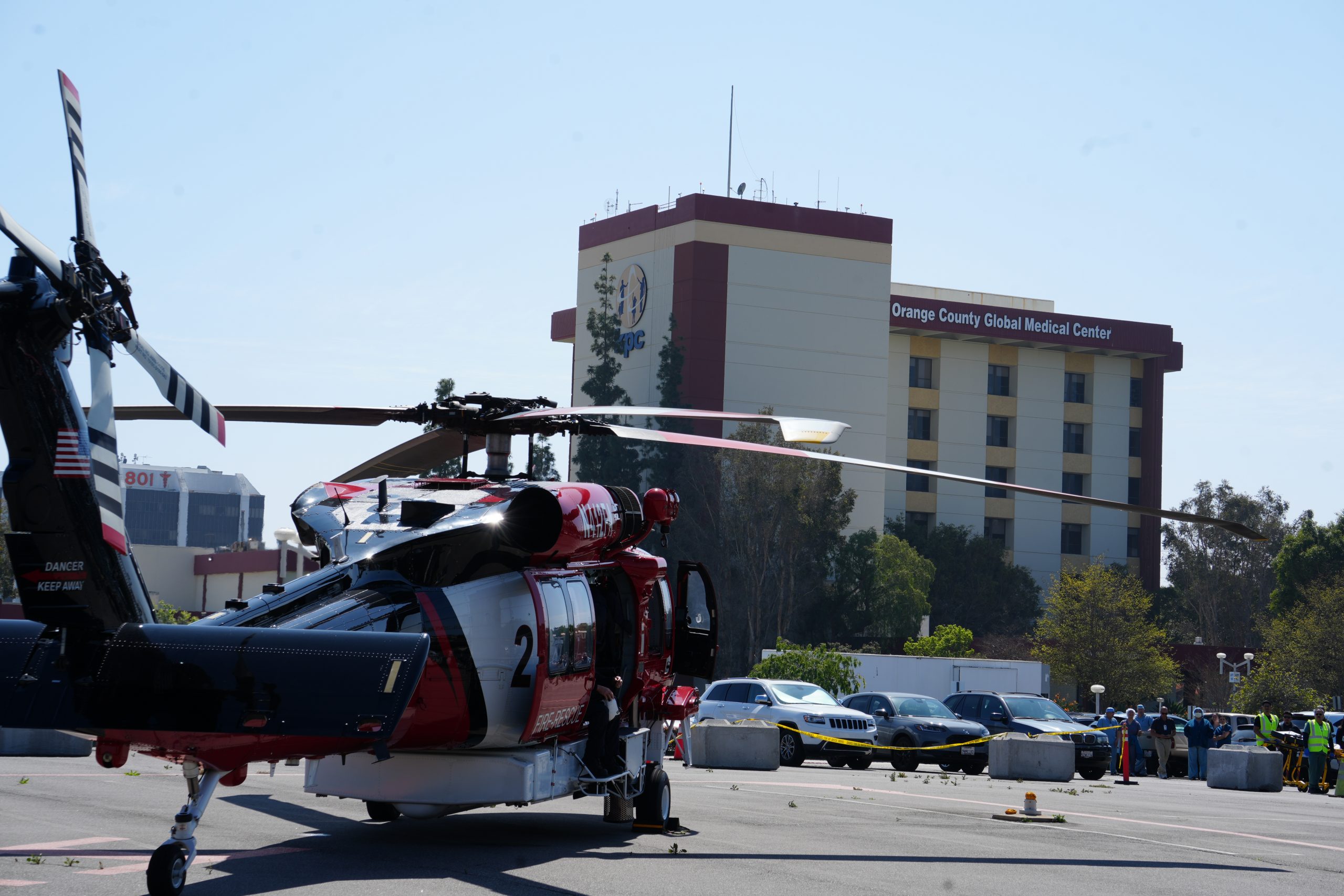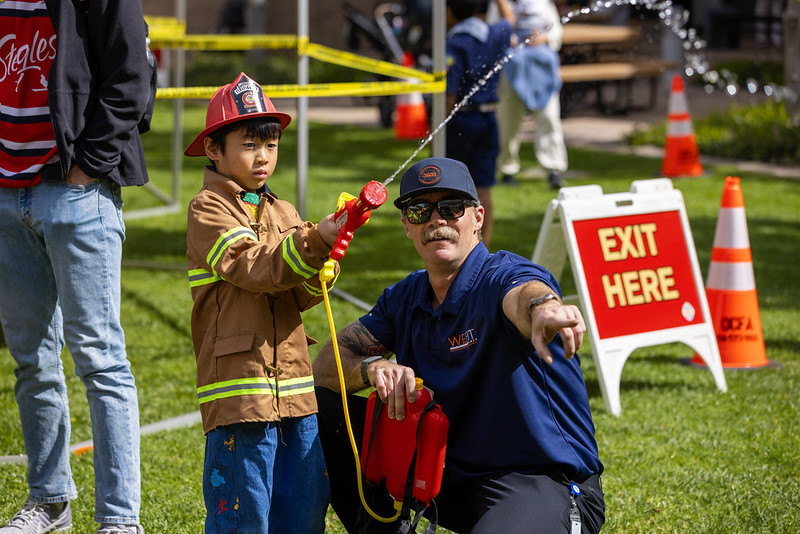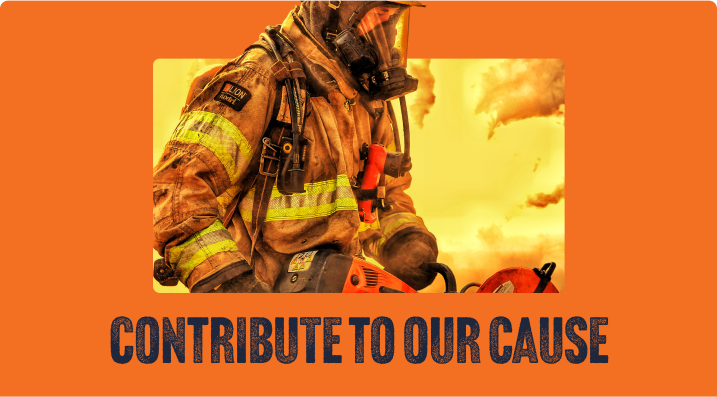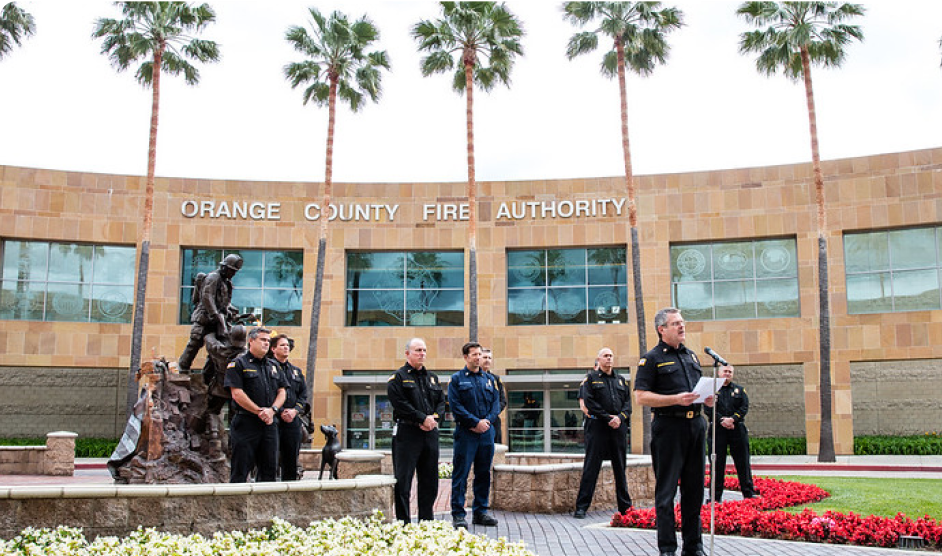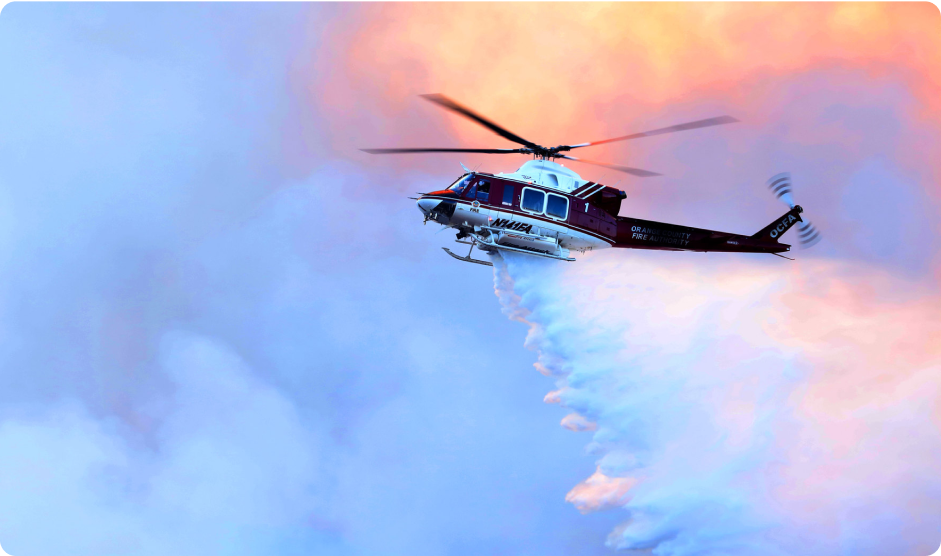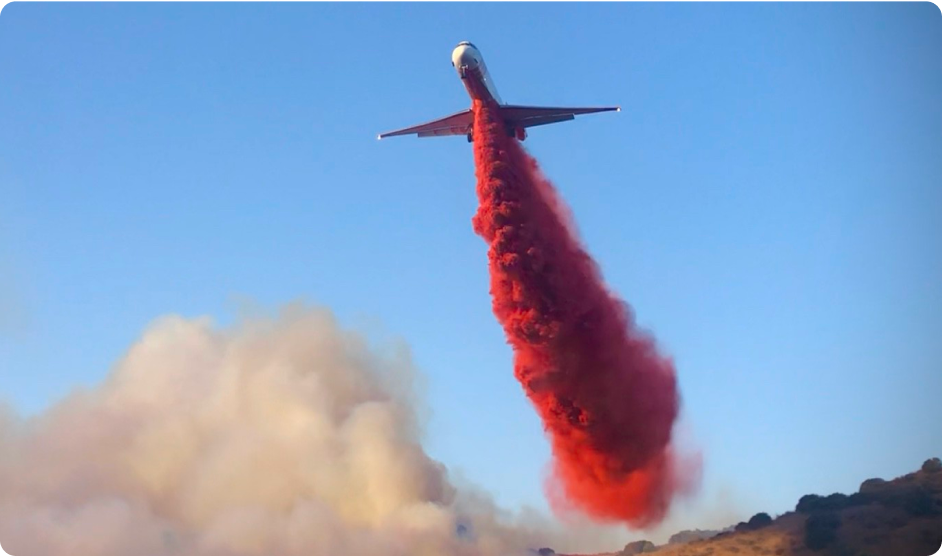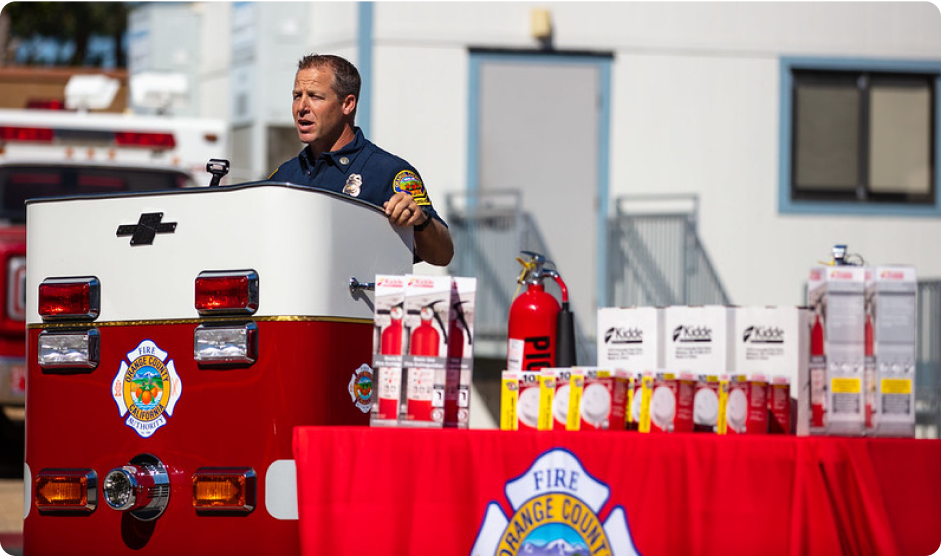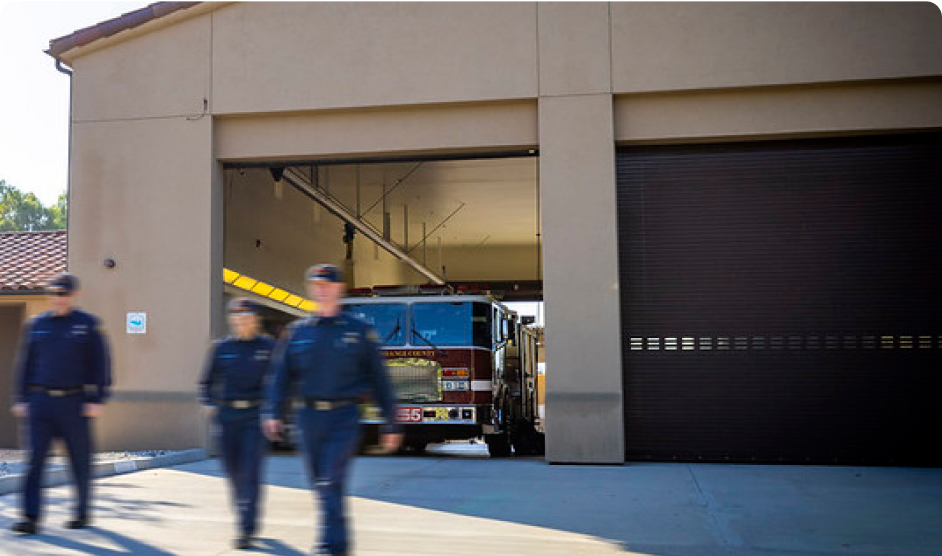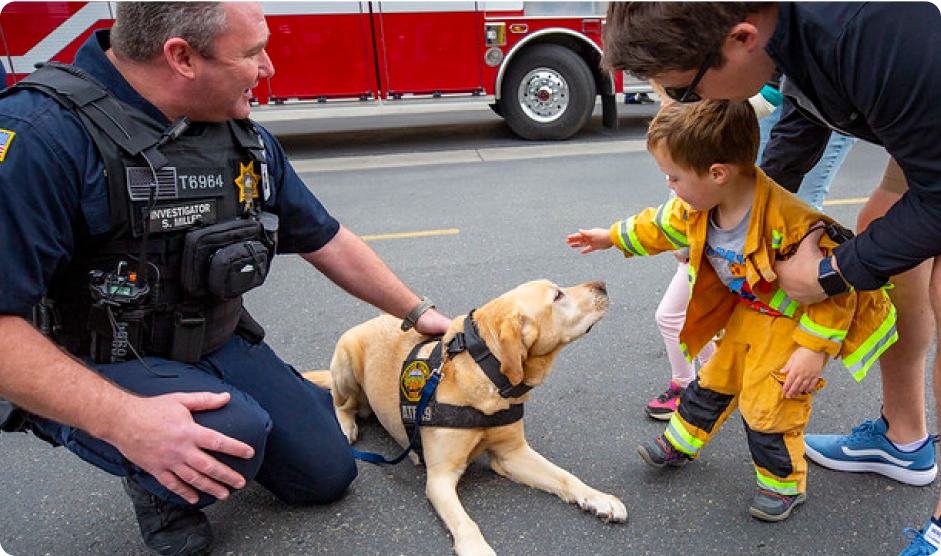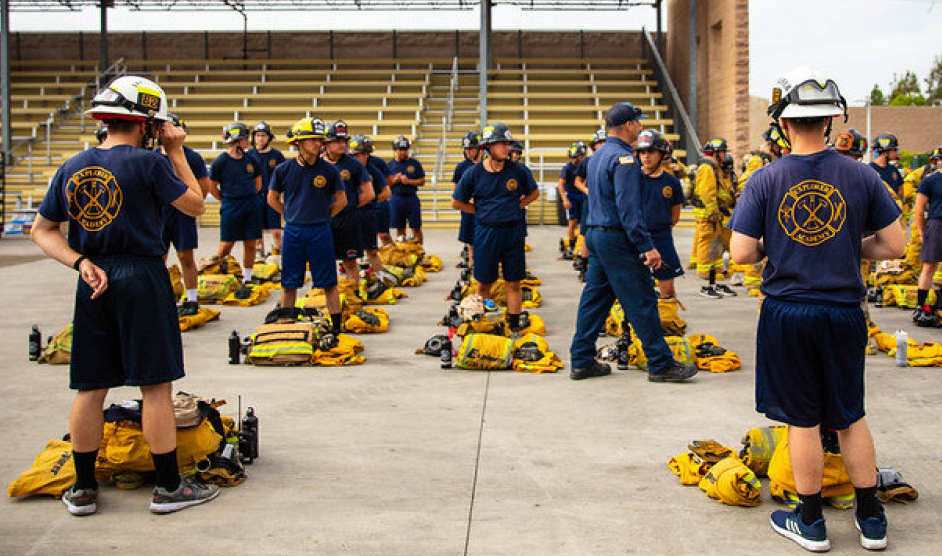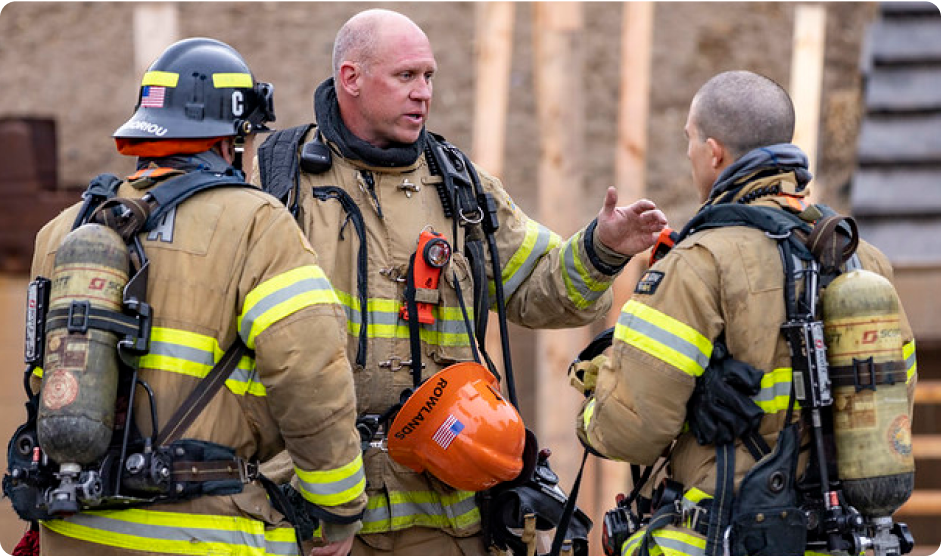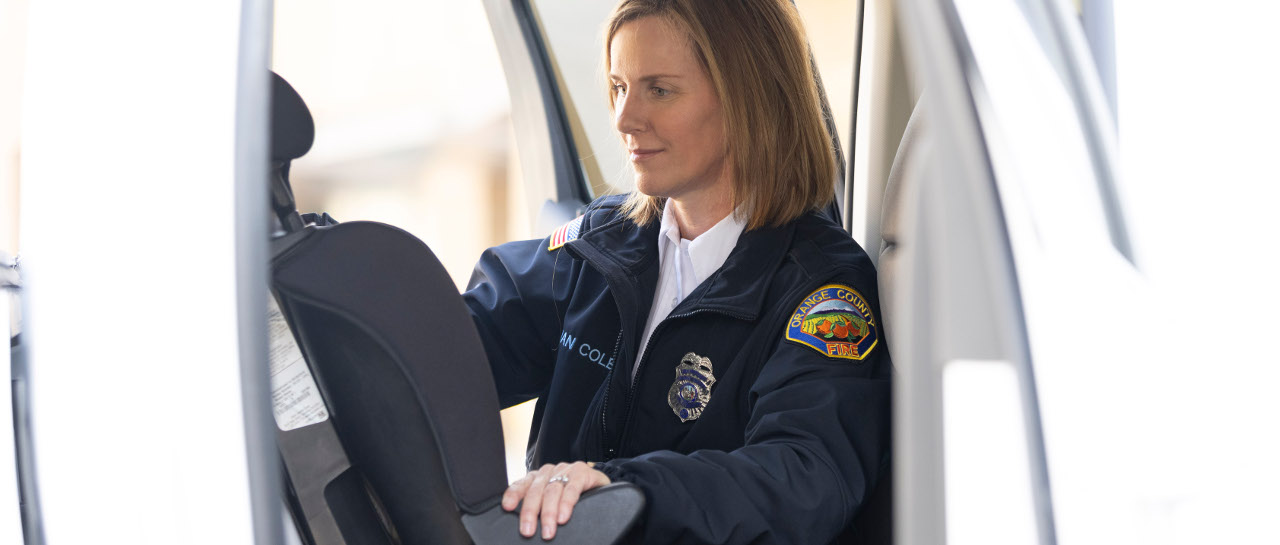Disaster Supply Kit Checklist
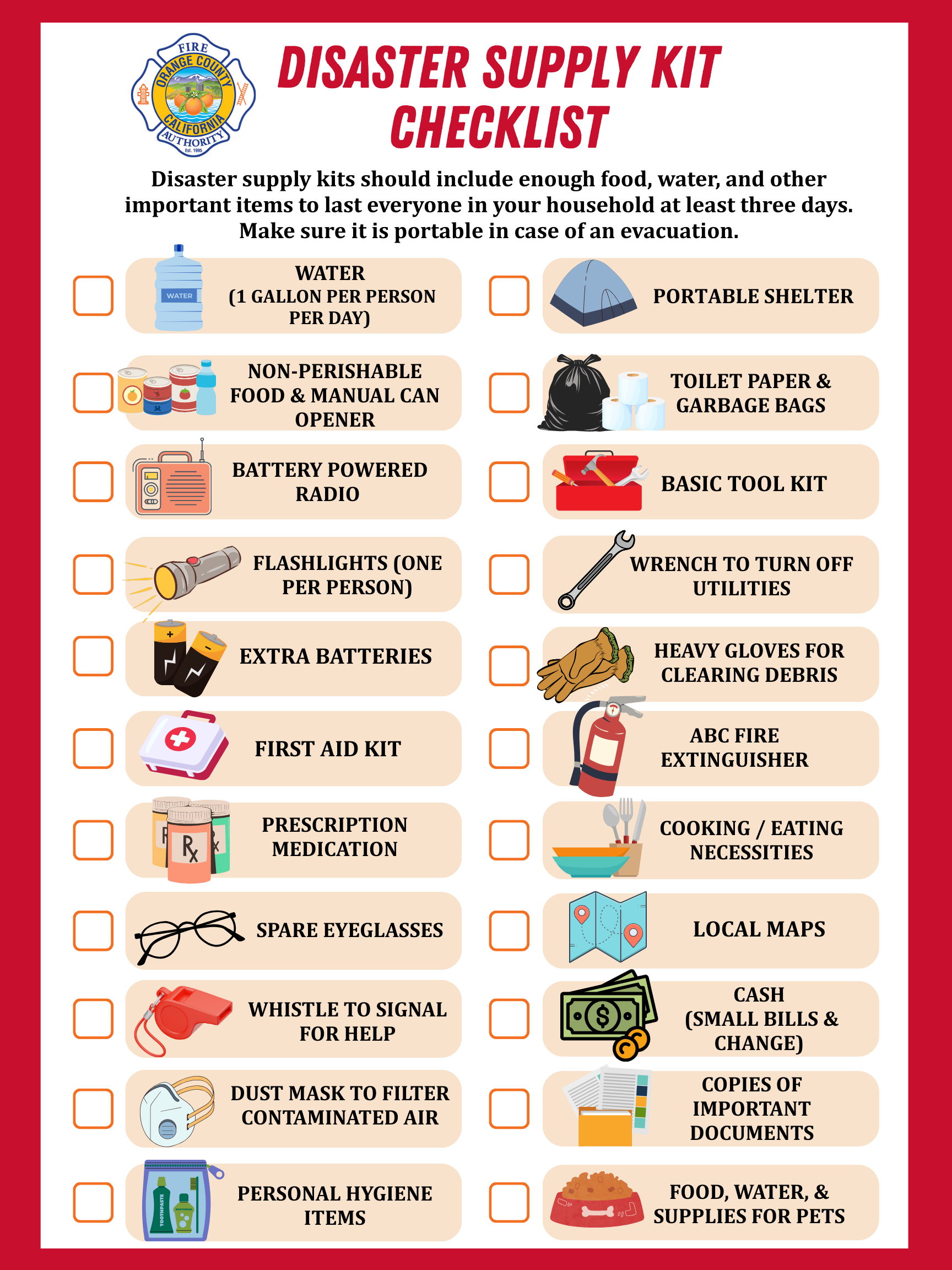
Emergencies can happen without warning and when they do, every second counts. Having well-stocked essential items ready to go can save time, reduce stress, and save lives.
A disaster supply kit should include enough water, food, and other important items to last everyone in your household at least THREE days, but 7-10 days is recommended. Each household is different, so make sure to consider individual needs, including pets and medication needs, when building your disaster supply kit.
What to Include
Water: Store 1 gallon of water per person per day for drinking and sanitation. Clean water is essential for hydration and hygiene, especially when utilities are shut off.
Non-Perishable Food: Include items like canned fruits and vegetables, soups, dehydrated meats, and protein bars. These foods are shelf-stable and ready to eat. Make sure to include a manual can opener – not an electric one.
Battery Powered Radios: A radio helps you stay updated on emergencies, weather alerts, and evacuation instructions when other forms of communication are down.
Flashlights: Provide one flashlight per person to ensure everyone has access to light during blackouts.
Extra Batteries: Stock up on correct battery sizes for flashlights and radios to keep them running throughout the emergency.
First Aid Kit: Your first aid kit should be able to treat minor injuries such as burns, cuts, or scrapes. Anesthetic spray, gauze pads, bandages, Benadryl, antibiotic and burn cream, gloves, and tweezers are a few items that should be included.
Prescription Medication: Pack a supply of prescription medication for each household member. Make sure everyone has all their essential medication.
Spare Eyeglasses: Add any extra prescription glasses in case you lose a pair or if you are unable to put in contacts given the situation.
Whistle: A whistle can be used to signal for help. Having one of these on hand can make it easier for people to find you.
Dust Mask: Depending on the situation, the air might be full of particles and dust that may be harmful to inhale. Have dust masks available for everyone to filter contaminated air.
Personal Hygiene Items: Everyone should have hygiene items such as soap, shampoo, toothbrushes, etc. to maintain cleanliness.
Shelter: Tents, tarps, or even sheets and duct tape can provide temporary shelter if you need to evacuate or are unable to be in your home.
Toilet Paper & Garbage Bags: Have these on hand to dispose of waste when utilities are down.
Basic Toolkit: A small, portable toolkit with screwdrivers, pliers, a hammer, and tape measure can help with minor repairs or securing your shelter.
Wrench: A wrench can be used to turn off utilities such as water and gas. Make sure the wrench is compatible with your utility’s valves.
Heavy Gloves: Debris may need to be cleared for your safety. Have heavy duty gloves to protect yourself while clearing debris.
Fire Extinguisher: It is recommended to have an ABC fire extinguisher. This type of extinguisher can handle most types of fires involving ordinary combustibles, flammable liquids, and electrical fires.
Cooking and Eating Items: Include reusable or disposable plates, cups, utensils, and paper towels for food preparation and cleanup.
Local Maps: Hard copies of local maps are an alternative to digital maps you may use on an electronic device.
Cash: ATMs and card readers may not be working during a disaster. Keep small bills and change on hand for essential purchases.
Important Documents: Family documents such as identification papers, financial records, medical information, legal documents, and emergency contacts should be copied and put into your emergency kit. You can either have these documents copied or loaded onto a USB hard drive.
Pet Supplies: Pets are like family members, make sure to have their individual needs met too. Have their food, water, and other supplies such as medications, leashes, and bedding ready to go. It is important for your pets to wear a collar ID tag with your contact information in case you are separated.
Being prepared can make all the difference. By creating an emergency supply kit tailored to your household’s needs, you are taking proactive steps towards safety in times of disaster. Whether it’s a power outage, natural disaster, or evacuation, having the right supplies ready to go.
You may also like
